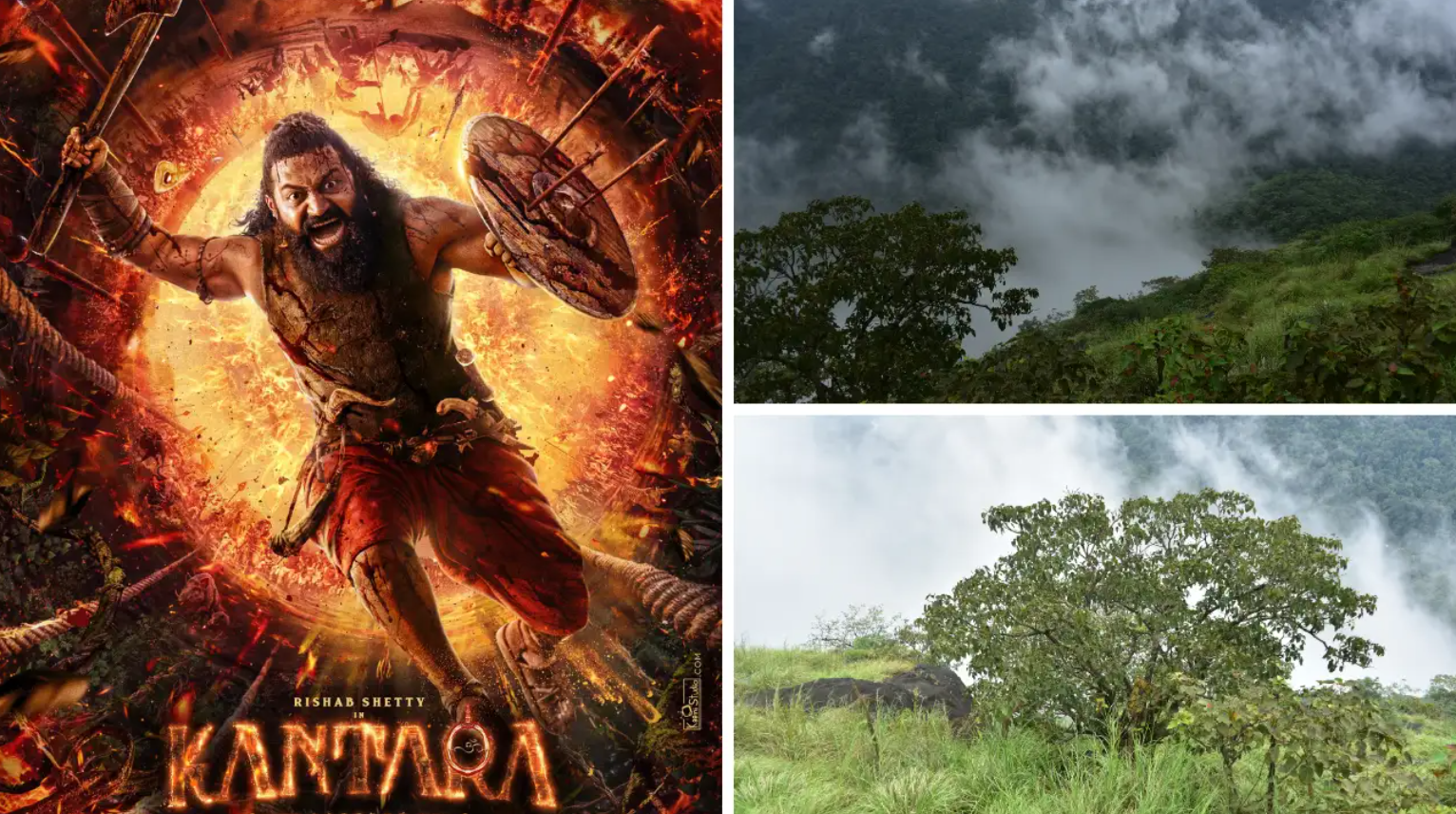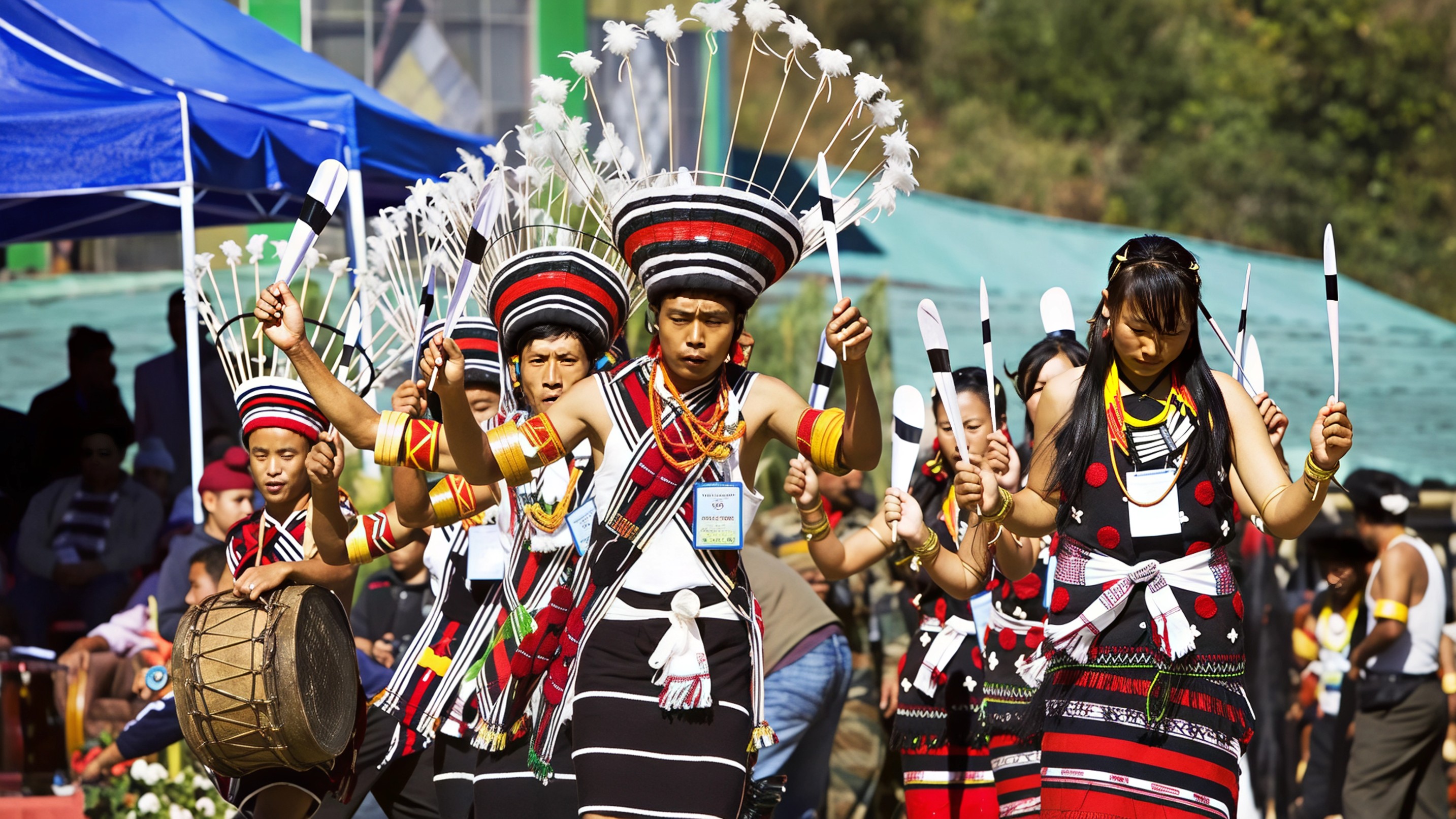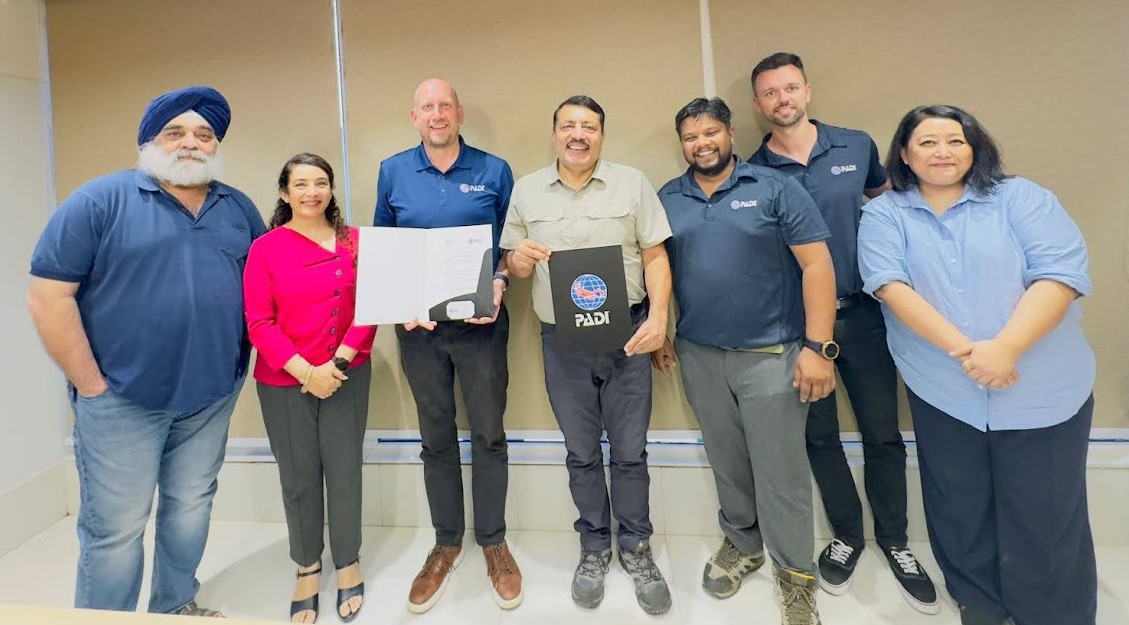The world of Kantara Chapter 1 has mesmerised audiences once again. Released on October 2, 2025, the prequel to the 2022 blockbuster takes viewers deep into the roots of mythology and folklore, portraying the mystical bond between humans and nature. Written, directed, and headlined by Rishabh Shetty, the film reimagines ancient Karnataka during the Kadamba dynasty and traces the origins of the Panjurli and Guliga deities. But beyond its storytelling and stunning visuals lies something truly special: its real-world locations that breathe life into the mystical atmosphere of Kantara.
Kundapura – The Soul Of Coastal Karnataka
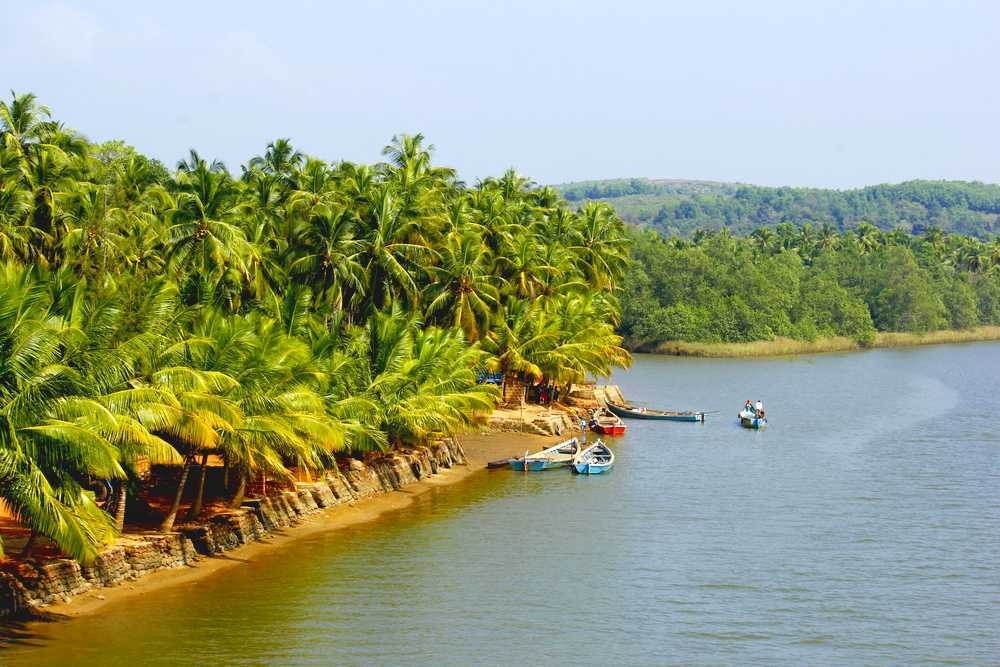
The film’s visual identity begins in Kundapura, a charming coastal town in the Udupi district of Karnataka. Known for its golden beaches, green forests, and timeless temples, Kundapura became the heart of Kantara’s cinematic world. Massive sets were built around the region to recreate the grandeur of the Kadamba empire, complete with temporary camps, wooden structures, and authentic cultural decor. The filmmakers were drawn to Kundapura’s raw, untouched beauty, where the forests meet the ocean and folklore still echoes through its villages. For visitors, it’s a place that combines scenic charm with a deep sense of heritage, offering an authentic glimpse of coastal Karnataka.
Keshavanatheshwara Temple, Moodagallu – Where Nature Meets Divinity
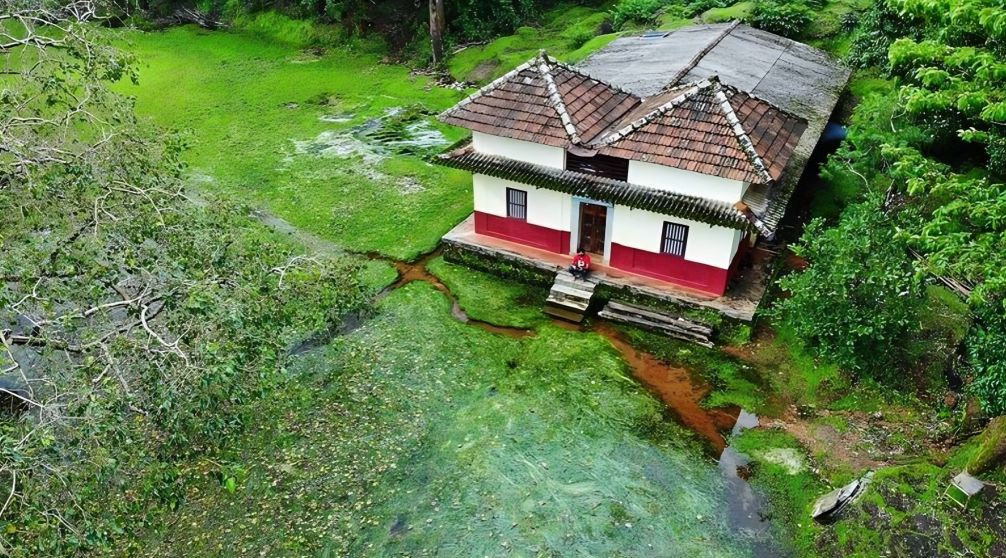
Hidden within the village of Moodagallu lies the Keshavanatheshwara Temple, one of the most fascinating and spiritual filming locations of the movie. Carved naturally into a cave and dedicated to Lord Shiva, this sacred site is a symbol of devotion, mystery, and harmony with nature. The temple’s unique feature where devotees wade through knee-deep water to reach the inner sanctum gave the filmmakers an ethereal backdrop to depict divine sequences. Legend has it that Lord Shiva once used this cave as a passage to Kashi. Surrounded by lush greenery and echoing chants, the temple’s mystical aura blends perfectly with Kantara’s theme of spiritual connection and faith.
Mani Dam – The Serene Backdrop Of Power And Peace
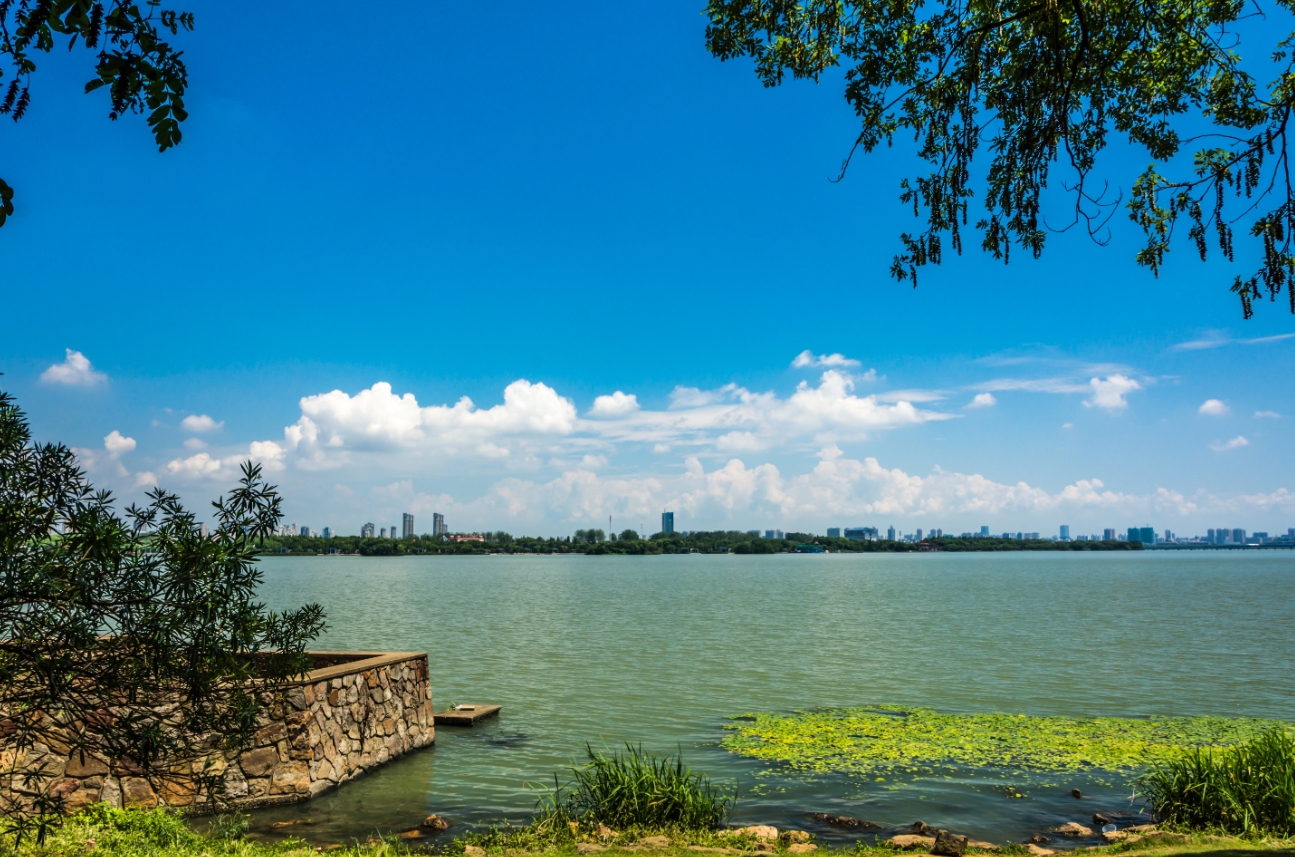
The Mani Dam, built across the Netravathi River in the Western Ghats, forms one of the most captivating frames of Kantara Chapter 1. Its shimmering backwaters, encircled by misty rainforests and hidden waterfalls, add a layer of cinematic grandeur to the film. The vast expanse of water mirrors the balance between man and nature, a central theme in the story. For travelers, Mani Dam is more than just a film location. It’s a tranquil spot for hiking, boating, and photography, surrounded by the wild beauty of the Western Ghats. The area remains one of Karnataka’s most underrated gems, perfect for those seeking peace, nature, and scenic charm.
Sakleshpura – Where The Action Comes Alive
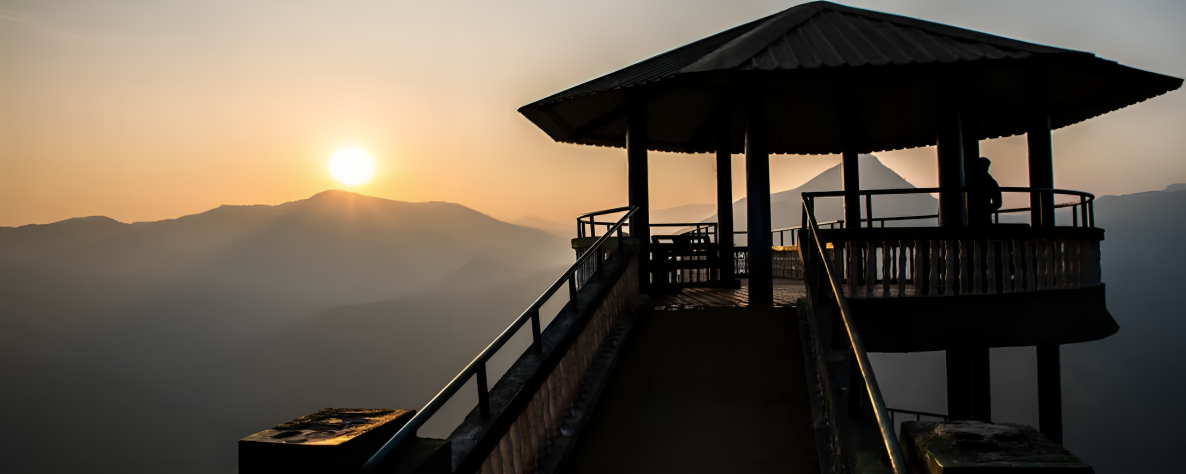
The breathtaking hill station of Sakleshpura in Hassan district is another iconic location featured in the movie. Known for its rolling tea and coffee plantations, fog-laced trails, and rugged hills, it served as the setting for several intense action sequences. The film’s raw energy and visual drama owe much to the region’s natural terrain, which adds both beauty and tension to the narrative. For visitors, Sakleshpura is a paradise for trekkers, campers, and nature lovers, offering panoramic views and a cool escape from city life. The same hills that witnessed the power-packed scenes of Kantara now call travelers to experience their own adventure.
A Cinematic Pilgrimage Through Karnataka
Kantara Chapter 1 is not just a film, it is an experience that celebrates the soul of Karnataka. Every frame of the movie pays homage to the region’s rich landscape, traditions, and spirituality. From the divine echoes of Moodagallu’s cave temple to the whispering winds of Sakleshpura’s hills, the film captures the timeless beauty of rural and forested Karnataka like never before.
For fans and travelers alike, retracing the film’s shooting spots offers a journey through myth and reality. It’s a chance to see how cinema transforms everyday landscapes into living legends while still preserving their cultural authenticity.
So the next time you plan a trip to Karnataka, skip the crowded tourist spots and follow the path of Kantara Chapter 1. Wander through Kundapura’s coasts, feel the divine calm of Moodagallu, stand by the Mani Dam waters, and breathe in the mountain air of Sakleshpura. Each place is a chapter in the story of faith, folklore, and the beauty of the human spirit.
For more travel stories, film-inspired trails, and hidden destinations across India, follow Travel Moves on Instagram and Facebook.

